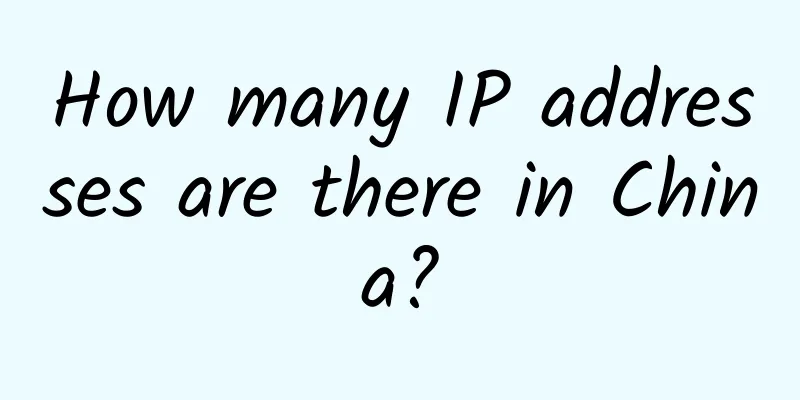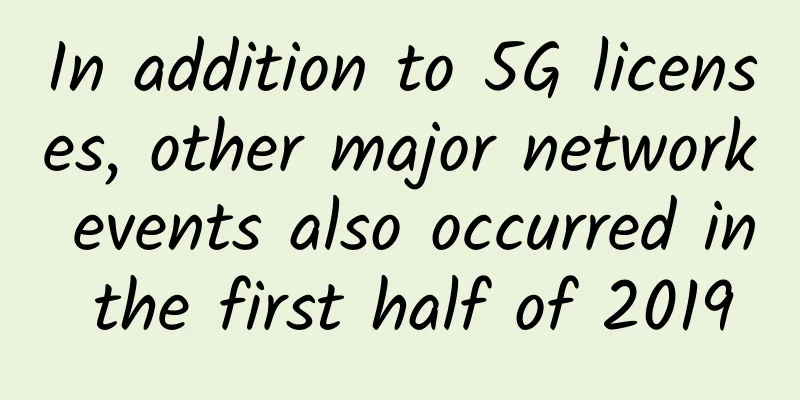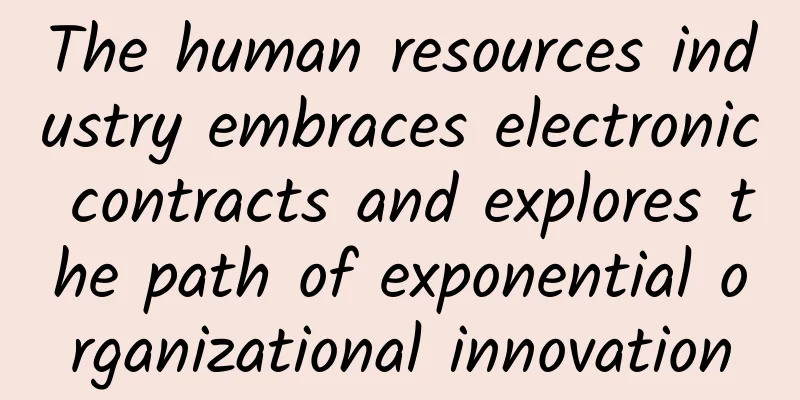Survey shows consumers are very dissatisfied with 5G and cellular network quality

|
According to reports, Waveform released a survey on 5G applications among consumers in the United States, which showed that more than two-thirds of users are not satisfied with the current 5G technology, and do not even understand what benefits 5G will bring to them. Users are not very positive about upgrading to 5G, which is basically the same as the situation in China.
Consumers still not enjoying 5G benefits Regardless of how much money is spent on 5G marketing, Americans currently seem to be unable to fully understand the benefits of 5G. In fact, only a third (32.8%) of US consumers understand “very clearly” that they will benefit from 5G. Similar uncertainty among consumers has been reported before, regardless of the increase in the adoption of connected smart home devices. On the other hand, Sprint and T-Mobile customers seem to be more enthusiastic about the fifth-generation wireless communication technology, with 19% of Sprint users and 22% of T-Mobile customers saying they are "very excited" about 5G. In contrast, only 16% and 12% of AT&T and Verizon customers, respectively, are excited about the technology. Consumers increasingly want better home signal services Less than a third of respondents (29.3%) said their home cellular signal was “very good,” compared to 40.3% who reported this in the 2018 survey. Based on this significant decrease in a relatively short period of time, Waveform hypothesizes that “user expectations for the quality of their cellular network service are significantly outpacing the rate at which networks are being upgraded.” Verizon topped the survey in terms of overall customer cell coverage satisfaction, with 38% of users saying their home signal was "very good." When asked the same question, only about a quarter of T-Mobile, Sprint and AT&T users said their home signal was "very good." In summary, since the construction of 5G network infrastructure has just started, the signal coverage capability is far inferior to that of 4G network; at the same time, 5G is more designed to solve commercial needs, such as telemedicine, unmanned driving, VR/AR, etc. For ordinary consumer-level application needs, whether it is pictures, texts or videos, 4G can basically solve them, and the experience is not much different from 5G; coupled with the current relatively high 5G network charges, many consumers stay away. |
<<: Network | Not the best, will 5G abandon TCP/IP?
>>: Another batch of long transactions, who is to blame for the P0 failure?
Recommend
CheapWindowsVPS 50% off, 1Gbps unlimited traffic starting from $4.5 per month, 7 data centers to choose from
CheapWindowsVPS is an established foreign hosting...
Hyperscale Data Centers vs Micro Data Centers
Some say the data center of the future is very di...
80VPS: Los Angeles MC data center cluster server with 8 C-segment IPs starting at 750 yuan per month, 16TB disk storage server starting at 850 yuan per month
The tribe has shared information about 80VPS many...
[6.18] TmhHost: 20% off on CN2 GIA/high-defense cloud servers in Hong Kong/Japan/USA, starting at 35 yuan per month for CN2 in Japan
TmhHost is a Chinese hosting company founded in 2...
5G independent networking commercialization will be realized within this year
In March this year, the Ministry of Industry and ...
How will HTTP and DNS protocols evolve in the 5G era?
HTTP and DNS have almost become two household pro...
NTT and Cisco Collaborate to Implement Software-Defined WAN Solutions for Customers
[[419187]] As Cisco's global strategic partne...
Is there still a market for pure 4G mobile phones?
According to a report by China Business News, Hua...
XSX: $47.9/year-1GB/20GB/600GB/100-500Mbps/Japan & Singapore & Hong Kong CN2 optional
XSX is the original PZEA renamed. The merchant ha...
The New Year season is coming and the hidden power of routers is unlocked
Wireless routers have entered thousands of househ...
Should I turn off my router when I go to bed at night? This is a question
Nowadays, many people have WiFi at home and have ...
Aruba Helps Global Operators Seamlessly Extend 5G Cellular Networks to Enterprise Environments with Passpoint-Based Wi-Fi Services
Recently, Aruba, a subsidiary of HPE, announced t...
Counterpoint data shows the future of 5G in 2020
2019 is a crucial year for the mobile phone indus...
Understand IP addresses in one article: meaning, classification, subnet division, check and change, routers and IP addresses
This article will combine easy-to-understand pict...
The fourth largest operator is preparing to release numbers, and will become a 5G market leader as soon as it enters the market
Many people may not have heard of China Radio and...









